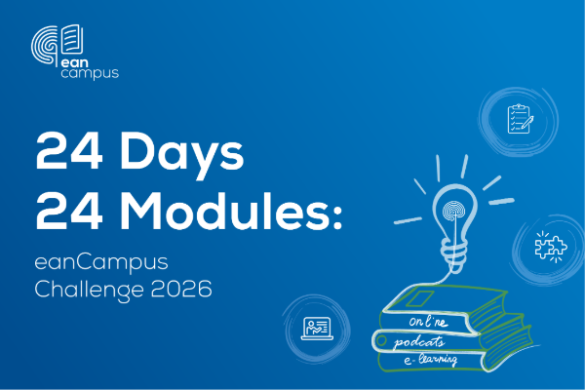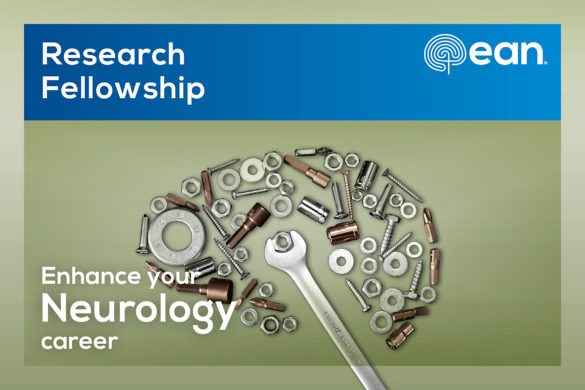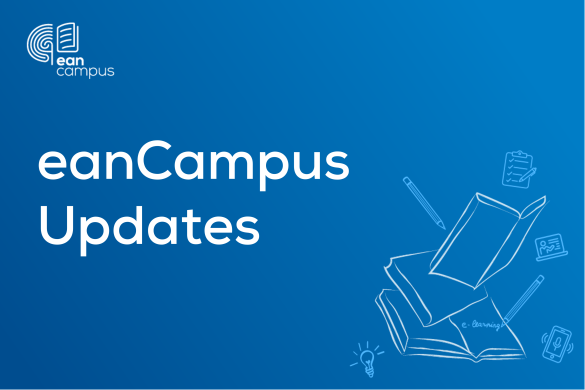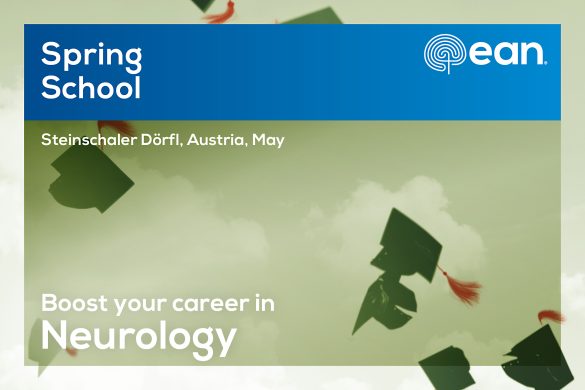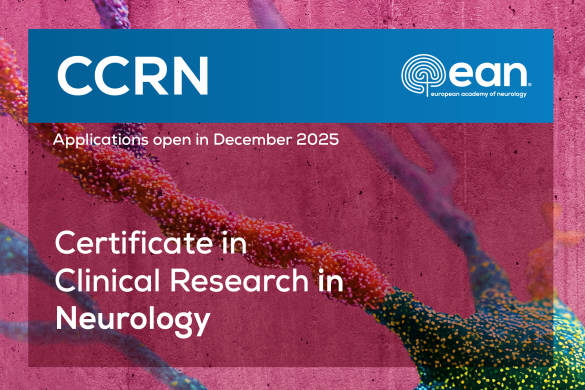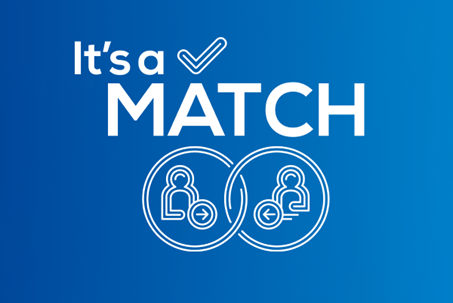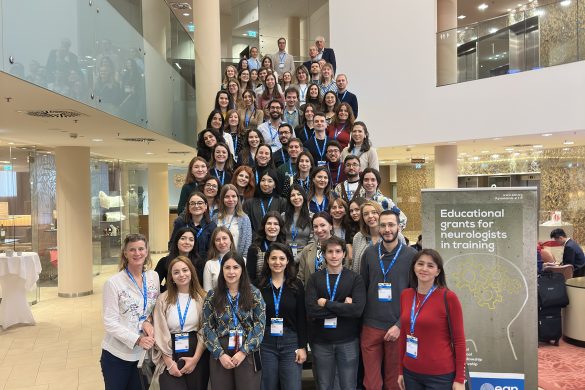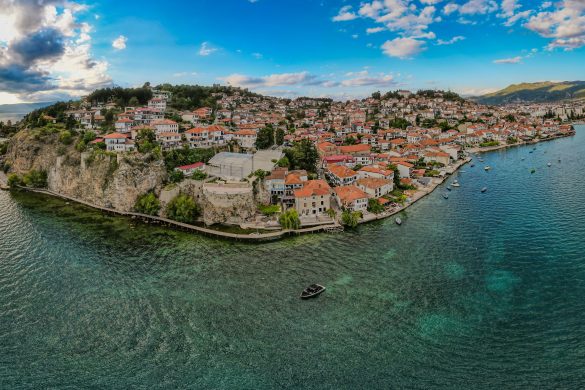Fellow: Elena Natera Villalba, Spain
Term of the Fellowship: 2.9. – 1.11.2019
Hosting department: Department of Clinical Neurology, National Hospital for Neurology, UCLH, Queen Square, London, UK
Supervisor: Prof. Patricia Limousin
My stay at the Unit of Functional Neurosurgery in the National Hospital for Neurology and Neurosurgery (Queen Square) has been a very enriching experience.
The Unit of Functional Neurosurgery in the National Hospital for Neurology and Neurosurgery (Queen Square) is a very dynamic department that combines many types of health care professionals (neurologists, functional neurosurgeons, specialist nurses and speech therapists). They offer medical assistance in several environments (clinics, follow-up visits in the Unit, surgeries, and hospitalization).
I have had the opportunity to attend several DBS surgeries targeting subthalamic nucleus (STN), globus pallidum internus (Gpi) and Vim. The STN is the most frequent target for Parkinson´s disease (PD) and the Gpi for dystonia, although it may be considered in certain cases of PD when dyskinesia and dystonia are predominant features. When both targets are considered, the patient is asleep during the surgery and an MRI-guided and MRI-verified approach is performed allowing a shorter timing. The Vim is the target chosen if a prominent tremor is the main feature, and the patient is usually awake during the surgery, thus the tremor’s improvement can be checked immediately when the electrode is placed. I attended a surgery targeting the tegmental ventral area to relieve symptoms of a refractory headache as well, which follows the same MRI-guided and MRI-verified approach. I also saw some inpatients who underwent a thalamotomy for disabling tremor with satisfactory results that could be noted since the first day after the surgery.
The clinic is performed by consultants and professors. Long-term follow-up visits of DBS patients and decisions about new potential candidates who could benefit from DBS surgery are made. An interesting point is that once a week there is a specific clinic where the neurosurgeon and the neurologist assess patients who could be candidates for DBS surgery, and they make decisions together sharing their points of view. If the patient is considered a suitable candidate, he/she will have all the details of the procedure carefully explained.
Most of the activity is performed in the Unit, where both inpatients and outpatients receive an assessment. For instance, I have participated in levodopa challenges performed before the surgery, as a part of the preoperative study. This test has been very instructive for me in increasing my knowledge of the UPDRS scale and to see the different states that a PD patient can experience in a short period, from the most dramatic “off“ at first until the most remarkable “on“ state after taking the medication. I also have assisted in the realization and recording of preoperative scales for patients with tremor and dystonia.
I also have had the opportunity to take part in monopolar screenings. If there are no issues, DBS is usually switched on the second day after surgery and a monopolar screening is performed to determine the best electrodes in each side as well as the therapeutic window and the kind of side effects. This allowed me to learn the differences between PD and dystonia depending on their targets as well. During the following days, settings and medication are adjusted depending on the response. Outpatients also can receive assessment in the Unit between the long-term follow-up visits in the clinic. Battery life and the response to the medication and settings they are using are checked. Some adjustments are made when necessary, to optimize the clinical response or to reduce stimulation-induced side effects.
In this sense, an in-depth insight of the structures involved and how current stimulation spreads and the spillover effect of current depending on the lead used is undoubtedly a prerequisite of considerable importance when it comes to understanding the mechanism of observed unwanted effects and optimizing greater clinical benefit. Because of that, I have focused part of my study in trying to understand the complex anatomy of the different nuclei and their surroundings (to which we have to add the interindividual variability between patients).
In addition, I have been provided with material that has allowed me to increase my knowledge of programming and the different devices currently available. Thanks to that I have been able to understand the different activities I have participated in during my stay.
On the other hand, I also went to general lectures which take place regularly in the hospital, such as the Gowers or the Brain Bank lectures, where interesting and challenging clinical cases are presented.
In summary, my impressions from this period are positive. It is worth mentioning that I have been surrounded by good colleagues from all of whom I have been able to learn and who have contributed to making this period so enriching for me. Undoubtedly, this training in movement disorders and deep brain stimulation has been encouraging.

Fellow: Maria Pilar Navarro Pérez, Spain
Term of the Fellowship: 27.5.-3.6.2019
Hosting department: Department of Biomedical and Neuromotor Sciences, Alma Mater Studiorum – Universita’ di Bologna, Bologna, Italy
Supervisor: Prof. Pietro Cortelli
First of all, I would like to thank EAN for giving me the opportunity to visit the Department of Biomedical Science and Neuromotor – Clinical of Neurology, IRCCS Istituto delle Scienze Neurologiche di Bologna, Bellaria Hospital, Italy, under the supervision of Prof. Pietro Cortelli.
During this period I had the opportunity to attend the outpatients‘ clinics for patients with headache, movement disorders, autonomic nervous system disorders, sleep disorders and neurodegenerative diseases. I also had the opportunity to spend time in the cardiovascular reflex test laboratory and sleep laboratory.
This stay has allowed me to see a variety of uncommon diseases such as pure autonomic failure, multiple system atrophy, supranuclear palsy and acquire the basic knowledge for its diagnosis and approach. I would like to thank the entire staff of the department for their kindness and support during my visit.




